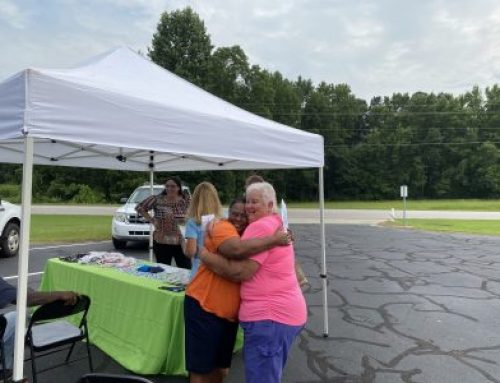Like other cities and regions in North Carolina, Greensboro and surrounding communities are transitioning from their heritage as a textile hub to hosting a more diverse industrial base that includes headquarter locations, logistics and high-tech manufacturing. Amidst all the change has been a commitment to “good growth” – and the notion that being proactive is the best way to stay ahead.
A little over a year ago, the City of Greensboro launched an open data portal called “Open Gate City” as part of its work as a 2016 Bloomberg Philanthropies partner in the “What Works Cities” initiative. In addition to providing the underpinning for a city-wide culture of data-led decision-making, the tools and others in the City’s portfolio have allowed its Information Technology Department to expand beyond its behind-the-scenes supporting role to one that’s more directly able to advocate for citizens.
For example, the City has adopted mobile technologies like bus-tracking and parking payment apps that make it easier for people to commute and park, and has begun to explore “smart corridors” designed to improve safety and comfort for travelers. What Greensboro recognized early on is that the sensor-connected city needs robust digital infrastructure supporting a growing number of data-intensive applications. But when national ISPs began announcing plans to expand high-speed service in North Carolina, Greensboro didn’t make the cut.
So the City began to lay miles of fiber optic cable to connect the 500-signal traffic system and nearly 100 city facilities to a municipal network. Greensboro soon saw opportunity to leverage these municipal assets to encourage the development of high-speed networks for the benefit of current and future businesses, and residents as well.
Neighboring cities, including Burlington and High Point, along with Guildford County, UNC-Greensboro, and NC A&T University, partnered with Greensboro in a competitive bid to lease their dark fiber and provide gigabit service to underserved residents through an initiative called TriGig. High Point-based North State Communications was selected for the initial pilot project earlier this year.
Geographically, the Triad region of North Carolina is a crossroads – at the intersection of all the major Interstate highways in the state, it’s a naturally competitive market for the transportation logistics industry. But just because many people and goods pass through the region doesn’t mean it’s a place that will take a pass on opportunity. TriGig was a locally-powered initiative that thoughtfully made low-income residents a priority for service improvements. It’s the kind of future-oriented strategic thinking that ensures the Triad will stay on the move for the long haul.
photo credit: Carolina Theater of Greensboro, photo by Andrew Neel on Unsplash





